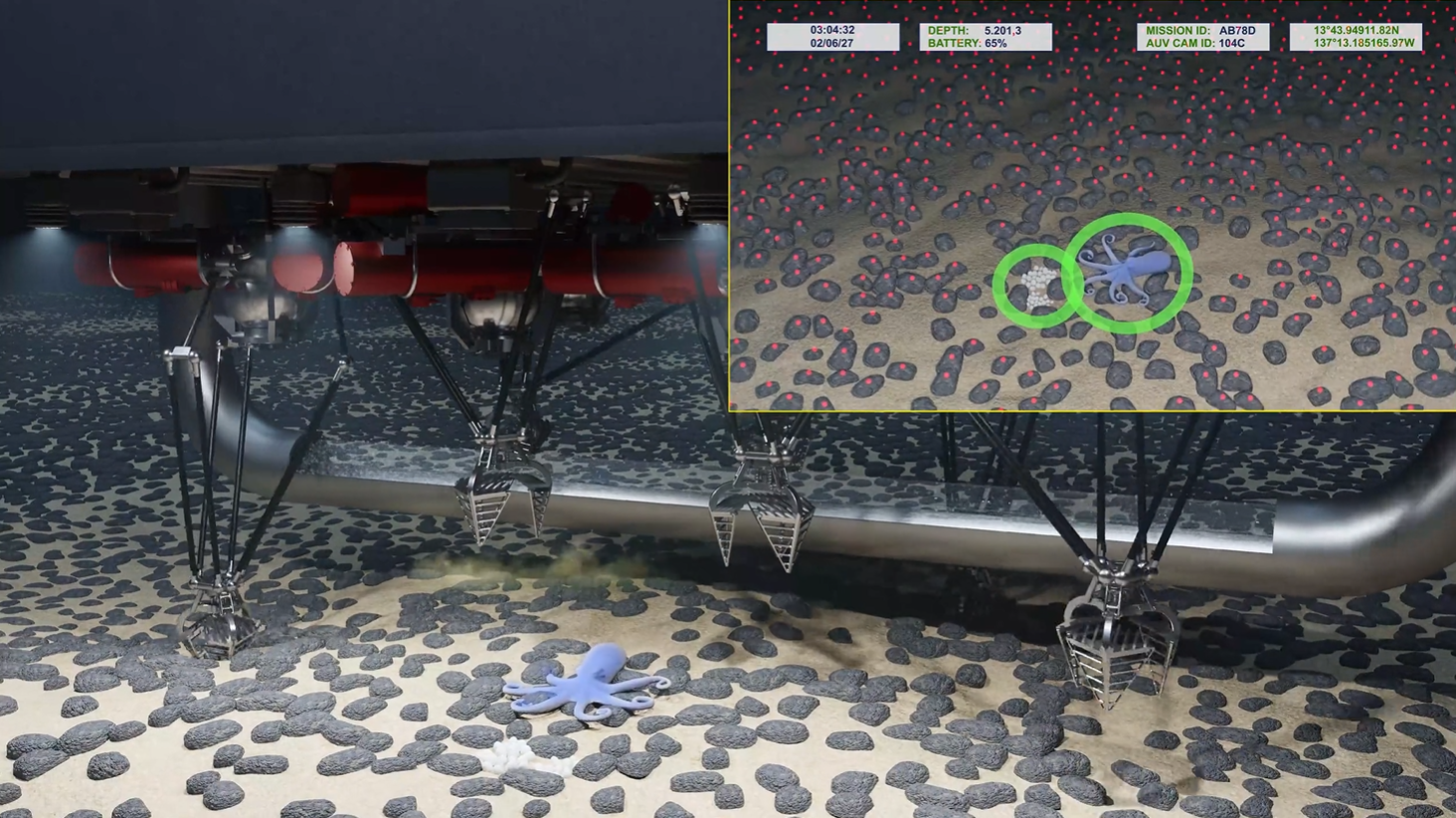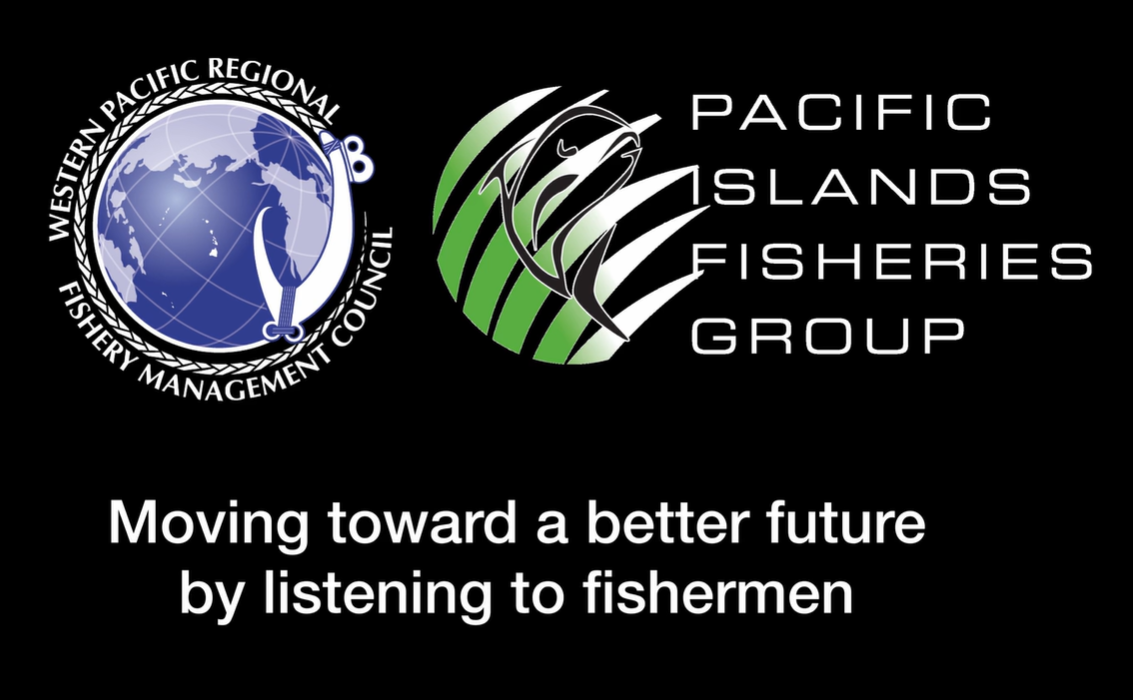Hot Topics
Inflation Reduction Act Projects
The Council is exploring projects under the Inflation Reduction Act (IRA) to strengthen fisheries management in response to the changing environment which is causing shifts in ocean productivity and movements of fish stocks. Public meetings are being held in American Samoa, the CNMI, Guam and Hawaii. These efforts include:
- Community Engagement – working with island communities to build capacity, share knowledge and support participation in fisheries management.
- Scenario Planning – exploring future challenges and opportunities for Hawaii, American Samoa and regional small-boat fisheries.
- Regulatory Review – evaluating current rules to improve flexibility, efficiency and climate readiness.
- Protected Species – examining how changing ecosystems may affect interactions with sea turtles, seabirds, marine mammals and other protected species.
See the IRA Projects page for more information. Together, these initiatives aim to build resilient, adaptive and inclusive fisheries across the Pacific Islands region.
- Council community consultation effort overview (2-minute video)
Shark Depredation
Shark depredation — when sharks damage or remove catch from fishing gear — has become a major challenge for Pacific Island small-boat fisheries. Fishers report that almost half to three-fourths of their catch are lost to depredation, forcing fishers to explore new areas with little relief. Many say the problem is worsening and even influences their decision to go fishing.
At its September 2025 meeting, the Scientific and Statistical Committee (SSC) heard a presentation from University of Hawai‘i Institute of Marine Biology researchers on a multi-year project testing shark deterrent devices, with a focus on electromagnetic stimuli. While still in its early stages, this work could lead to fishery-specific tools to reduce depredation and improve fisher safety.
Following this, the Council, responding to fishers’ concerns, recommended that the NMFS Pacific Islands Fisheries Science Center prioritize depredation mitigation in 2026 and that stock assessments incorporate lost catch from shark interactions.
Cultural Take of Green Sea Turtles
For more than 40 years, Pacific Island communities have sought to restore the cultural and subsistence harvest of green sea turtles (honu). This traditional practice was prohibited in 1978 when turtles were listed under the Endangered Species Act (ESA). While the ESA provides mechanisms that could allow for managed cultural harvest, U.S. obligations under the Inter-American Convention for the Protection and Conservation of Sea Turtles (IAC) prevent any take of turtles, their eggs or products.
Because of these restrictions, Native Hawaiian and Pacific Island communities are losing more than the ability to harvest turtles — they are losing cultural knowledge, traditions of sharing and practices of sustainable use passed down for generations. The Council continues to seek pathways that honor cultural heritage while ensuring conservation.
For more on sea turtle conservation, visit the Protected Species Management Measures page.
Commercial Fishing in Marine National Monuments
-
September 2025 – Council Considered Fishing Access
At its 204th meeting, the Council recommended lifting commercial fishing prohibitions in areas of the Pacific Islands Heritage Marine National Monument (PIHMNM). The Council directed staff to draft a document analyzing the impacts of removing commercial fishing prohibitions in the PIH areas, Rose Atoll, the Marianas Trench, and Papahānaumokuākea Marine National Monuments. The document will be reviewed by the Council Members at its 205th Meeting in December 2025. -
April 17, 2025 – Proclamation 10918
President Donald Trump issued Proclamation 10918, “Unleashing American Commercial Fishing in the Pacific” which recognizes that well-managed commercial fishing would not threaten the PIHMNM’s scientific and historic resources. The Proclamation directed the Secretary of Commerce to remove prohibitions that have barred U.S. fishermen from sustainably harvesting valuable species in these waters for more than a decade. - April 17, 2025 – Executive Order 14276
On the same day, President Trump issued Executive Order (EO) 14276, “Restoring American Seafood Competitiveness.” The EO sets policies to promote U.S. seafood harvest, reduce regulatory burdens, combat illegal, unreported, and unregulated (IUU) fishing, and to protect domestic markets from unfair foreign trade practices. This EO follows earlier directives under EO 13921 for the Secretary of Commerce to review marine national monuments and recommend any that should be reopened to commercial fishing. The Council contributed by reviewing historical fisheries, economic and cultural values, market impacts, and resource considerations, and provided options on which fisheries could be allowed in the current Pacific marine national monuments. -
Fishing Regulations Background
Fishing regulations for the Hawai‘i longline fleet have been established since 1991 under the Magnuson-Stevens Act. The Council may consider additional regulations to reopen access from 50 to 200 nautical miles around Wake, Johnston, and Jarvis Islands — waters where U.S. fishermen harvested bottomfish, pelagic species, and crustaceans before the 2014 prohibitions. -
Regional Perspectives
The Governors of the Commonwealth of the Northern Mariana Islands (CNMI) and American Samoa have asked the President to restore fishing access to the monuments in their areas. Domestic fishermen have been locked out of historic grounds while foreign fleets continue to operate in the Pacific.
See correspondence regarding fishing regulations and marine national monuments. For more on marine national monuments, visit the marine spatial management page.
- Sept. 24, 2025, Letter to E. Pineiro Soler, NMFS on EO 14276, recommendations to reduce burdens on domestic fishing
- July 24, 2025, Letter to H. Lutnick, Secretary of Commerce on a review of commercial fishing in marine national monuments
- Aug. 7, 2025 Letter from CNMI Governor to POTUS on opening Mariana Trench Marine National Monument to fishing
- Aug. 21, 2025 Letter from Am Samoa Governor to H. Lutnick on opening Rose Atoll Marine National Monument to fishing
- Jan. 19, 2024, Letter to K. Kekuewa, NOAA NOS on justification for recommendation on fishing regulations
- Dec. 13 2023, Letter to J. Armor, NOAA NOS with recommendation on fishing regulations in proposed PRI sanctuary
- July 27, 2023, Letter to POTUS Biden on US Pacific Territories and PRI Sanctuary
Deep-Sea Mining
On April 24, 2025, President Donald Trump signed Executive Order 14285, directing federal agencies to advance U.S. leadership in deep-sea mineral exploration. Two proposals soon followed: Impossible Metals to mine near American Samoa, and The Metals Company in the Clarion-Clipperton Zone (CCZ) outside the U.S. EEZ. The Bureau of Ocean Energy Management (BOEM) is reviewing the American Samoa plan under the Outer Continental Shelf Lands Act, while NOAA is evaluating the CCZ application under the Deep Seabed Hard Mineral Resources Act and has proposed updates to its licensing process.
At the September 2025 meetings, the SSC and Council heard two contrasting presentations on seabed mining. Dr. Jeff Drazen (University of Hawai‘i) warned of risks from conventional mining (used by The Metals Company), including sediment plumes, toxic metal release, and lasting seafloor damage that could affect fisheries and seafood safety. Impossible Metals described an alternative approach using autonomous robots to collect nodules selectively, reducing disturbance. While potentially less harmful, key uncertainties remain.
On November 10, 2025, BOEM announced completion of the Area Identification process offshore American Samoa — the first formal environmental-review step for potential critical-minerals leasing — and simultaneously released a Request for Information and Interest (RFI) for commercial seabed mineral leasing offshore the CNMI.
The Council will continue monitoring developments in American Samoa and the CCZ to provide analysis of potential impacts to fisheries and resources as more information becomes available.

Screenshot from an Impossible Metals video depicting the company’s selective polymetallic nodule collection technique, detecting and avoiding marine life. Source: impossiblemetals.com.

